Hong Kong’s tough quarantine and travel restrictions
The Hong Kong government was quick to impose strict measures on inbound travellers to contain the spread of the coronavirus after most infections were confirmed to be imported. Since spiking in late March, the number of new infections continues to fall.
IMPORTED INFECTIONS
Residents returning home from overseas led to a sharp rise in Hong Kong’s Covid-19 infections.
COVID-19 FATALITIES IN HONG KONG
Belgium has the highest death rate, partly because it includes suspected cases in its tally for the sake of transparency. By comparison, Hong Kong’s numbers appear relatively low.
* COVID-19 rate of death = the known deaths divided by confirmed cases
RESTRICTIONS ON INBOUND TRAVELLERS
Since March 25, all non-Hong Kong residents arriving by plane from overseas have been denied entry to the city.
| From overseas countries / regions | From mainland China / Macau / Taiwan | |
|---|---|---|
| HK residents | 14-day quarantine | 14-day quarantine |
| Non-HK residents | Denied entry | 14-day quarantine / Denied entry* |
| * If travellers have visited overseas countries or regions in the past 14 days | ||
UPON ARRIVAL

UPON ARRIVAL
1 Incoming passengers’ temperatures are checked before passing through Customs and Immigration.
2 Arrivals are escorted by staff wearing PPE to the Temporary Specimen Collection Centre at AsiaWorld-Expo by shuttle bus.
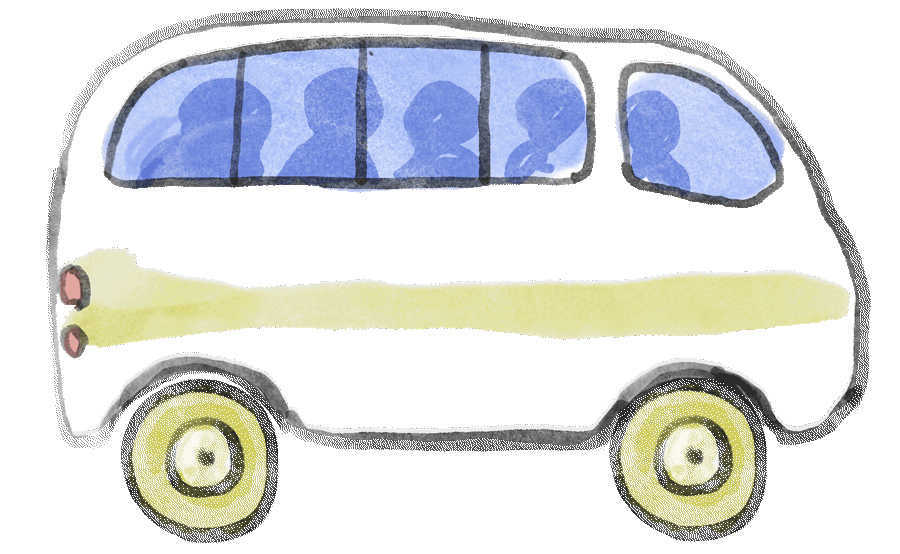
3 Desks and chairs are arranged in the collection centre at safe social distances for arrivals to fill out health declaration forms. An electronic bracelet, linked to a smartphone app, is fitted to the wrist of anyone being quarantined.
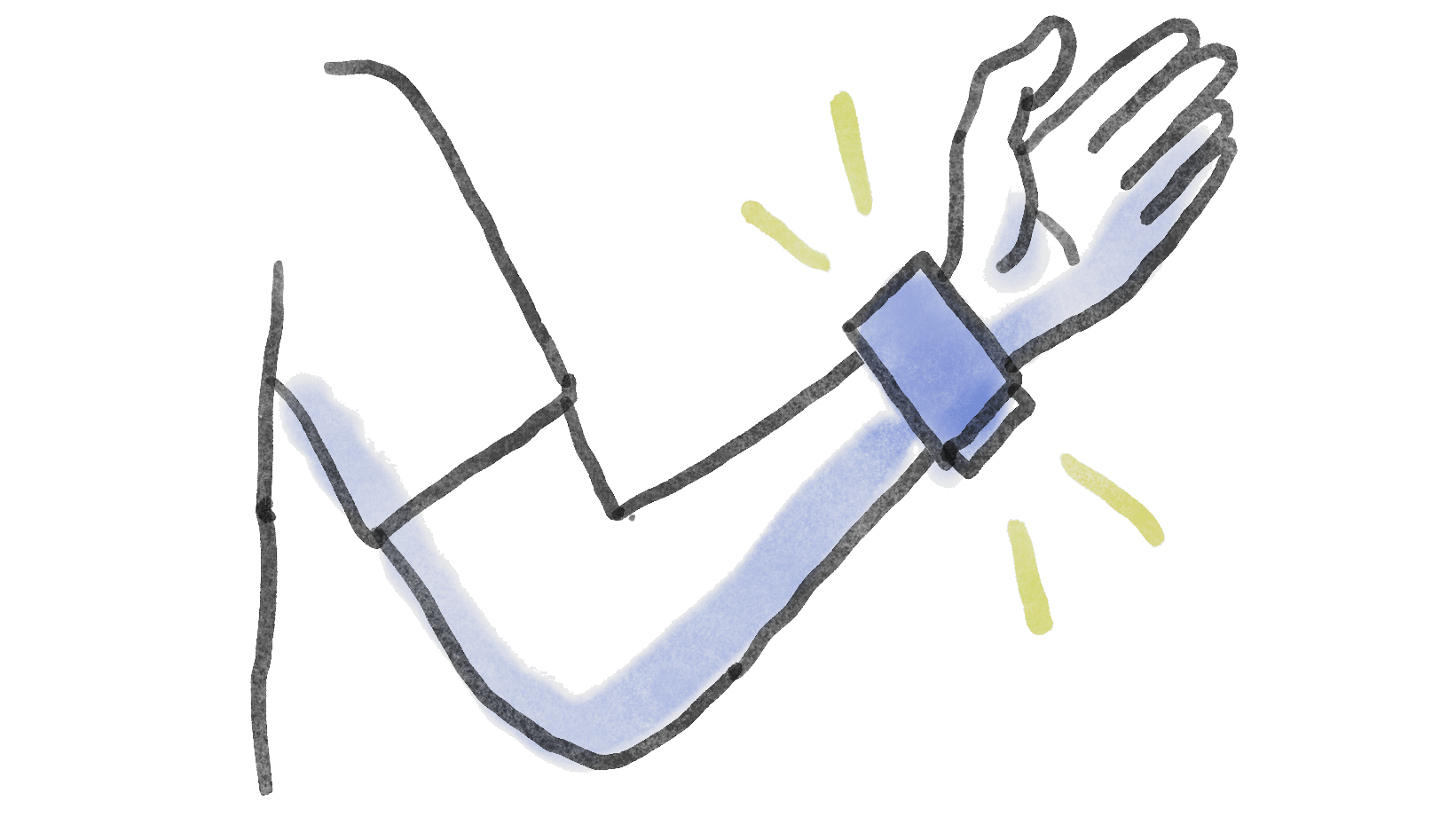
4 Deep-throat saliva samples are taken and sent for processing and testing.
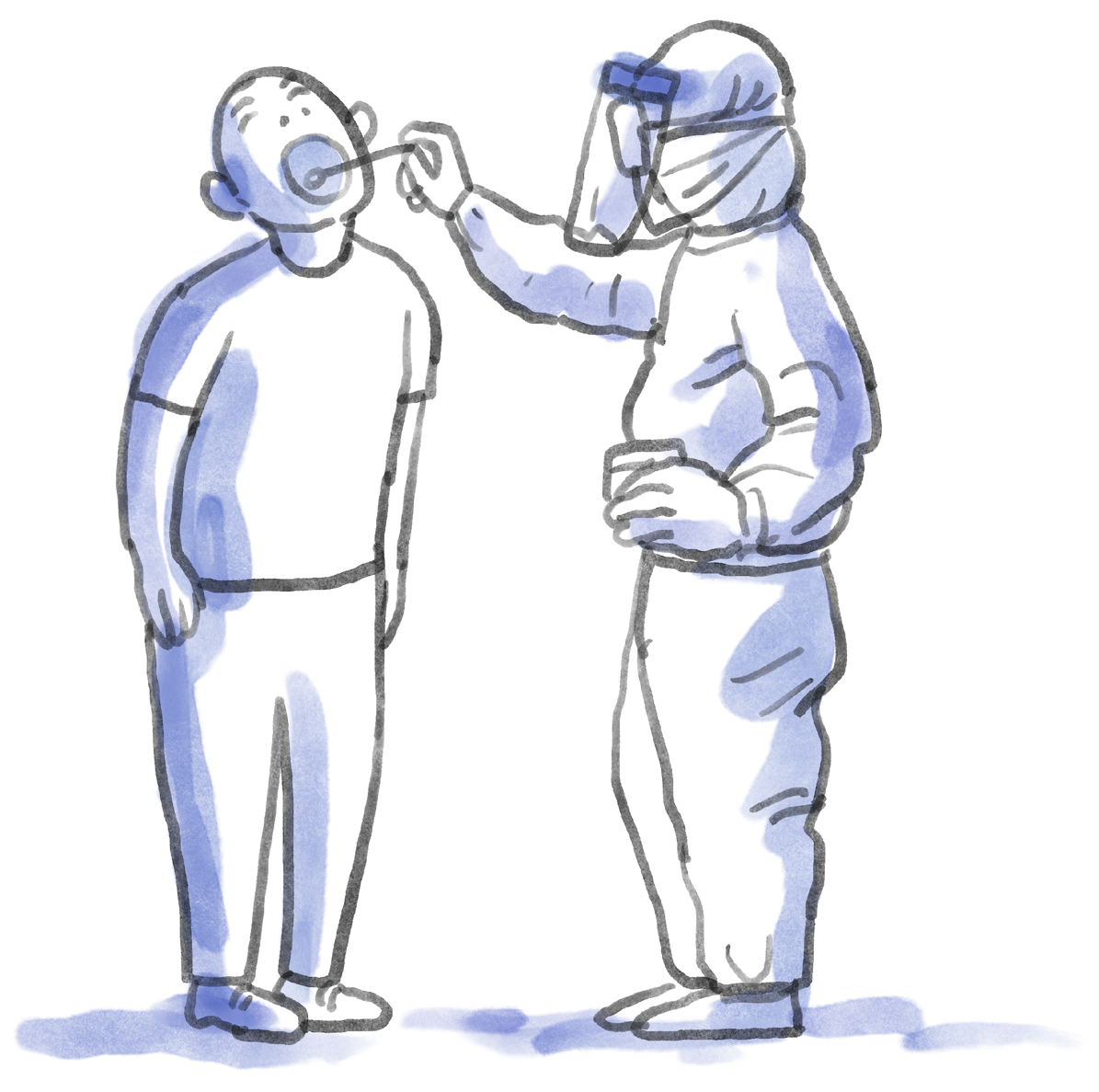
5 A. Travellers arriving in the morning without symptoms will stay at the Temporary Specimen Collection Centre at AsiaWorld-Expo to wait for test results on the same day.

5 B. Travellers arriving in the afternoon or at night without symptoms will be taken by government coaches to the Holding Centre for Test Result at the Regal Oriental Hotel in Kowloon City to wait overnight for their test results.
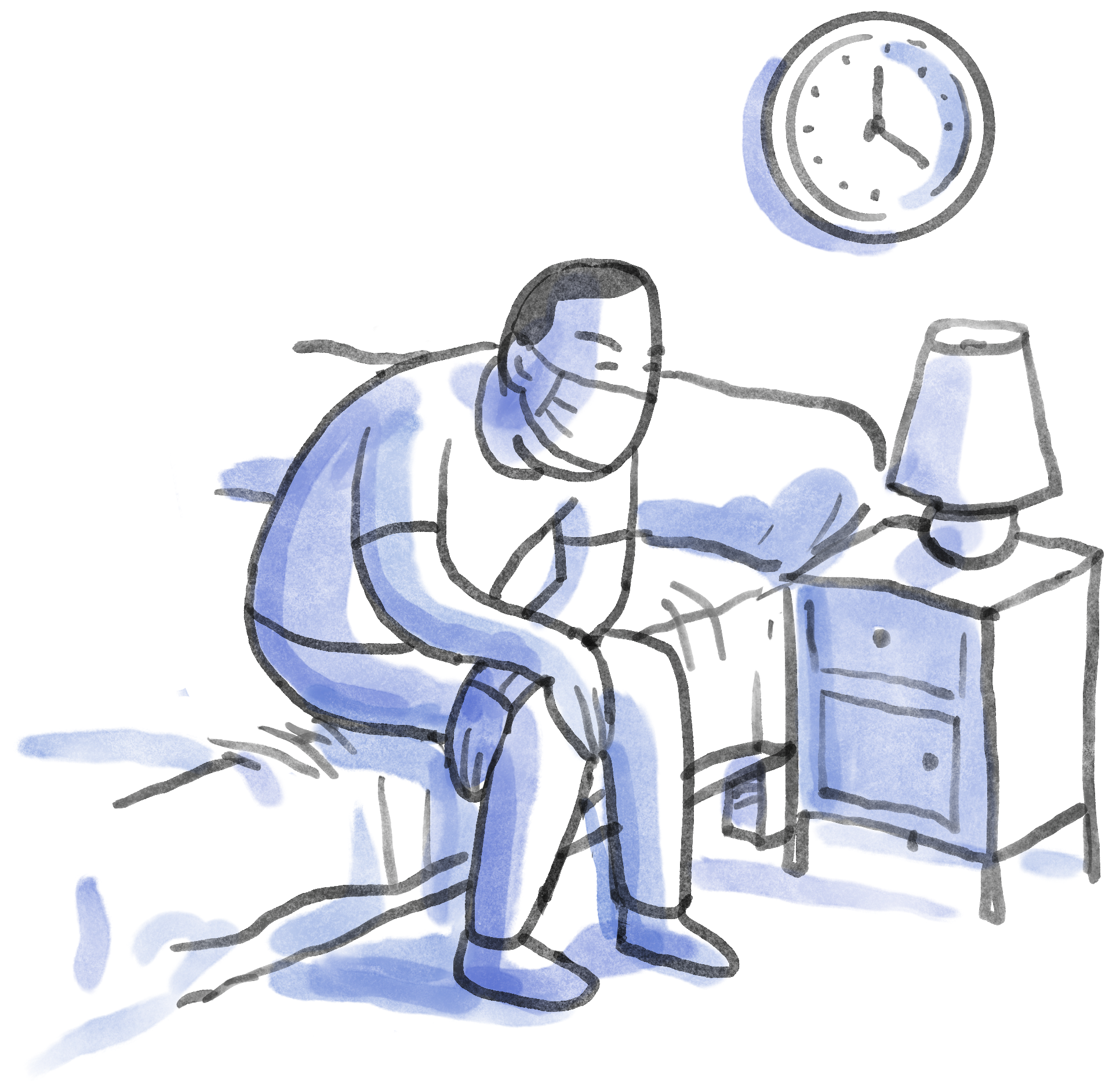
5 C. Travellers with respiratory symptoms will be transferred to various Accident and Emergency Departments (A&E) in hospitals for the required tests. They may need to wait at the A&E test and triage centres for their test results, which usually take several hours.

6 If the results are negative, the travellers return to their residences for a compulsory 14-day quarantine. The electronic bracelets connect to an app tracking their whereabouts and alerts the government if they stray from quarantine.
7 The quarantined arrival takes his or her own deep-throat saliva sample for testing before completing quarantine. The sample is submitted, either through family or friends or by a door-to-door service, to a collection point on a designated date.
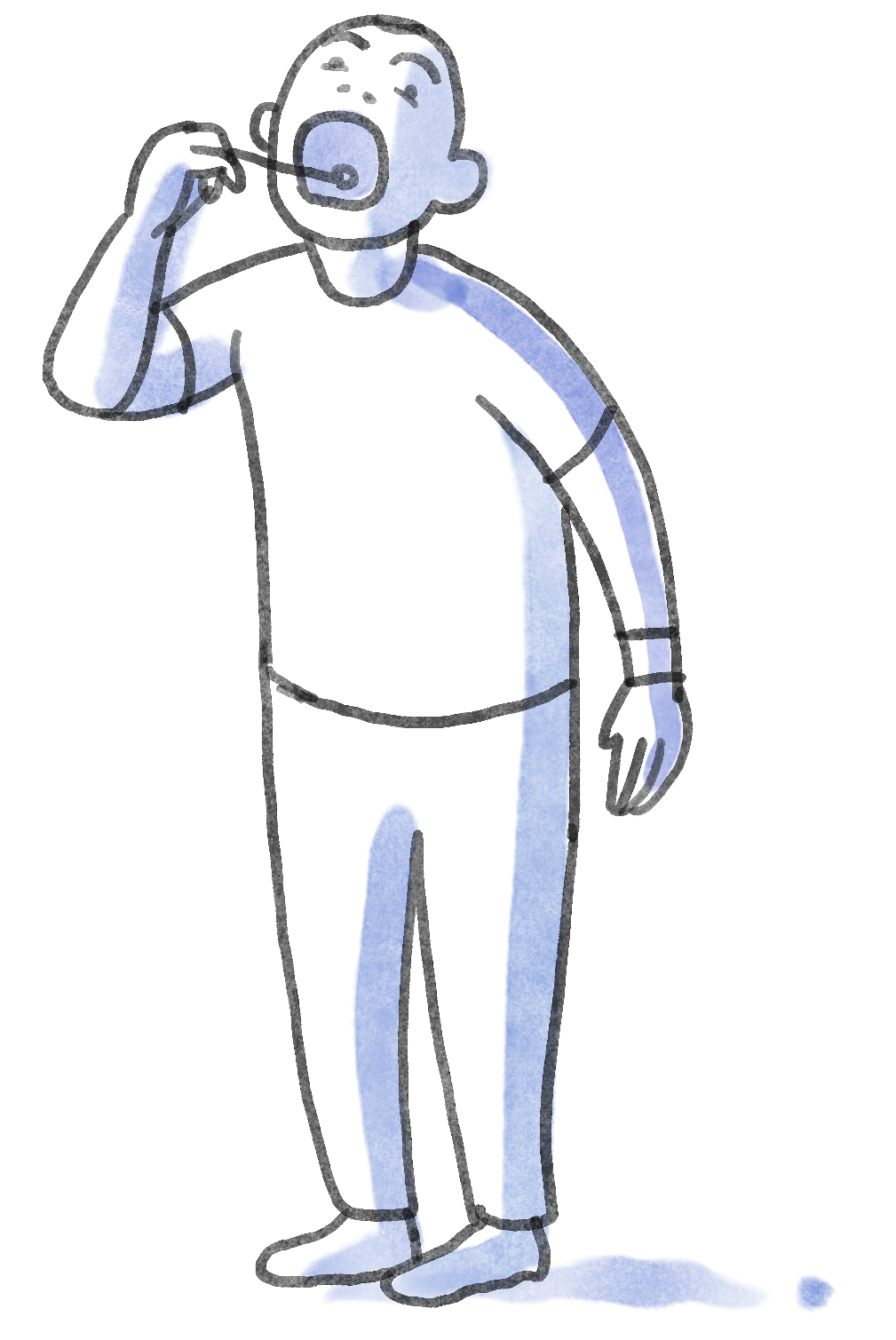
If the result is positive, the confirmed case will be admitted to hospital and any close contacts sent to designated quarantine centres by ambulance and government vehicles.
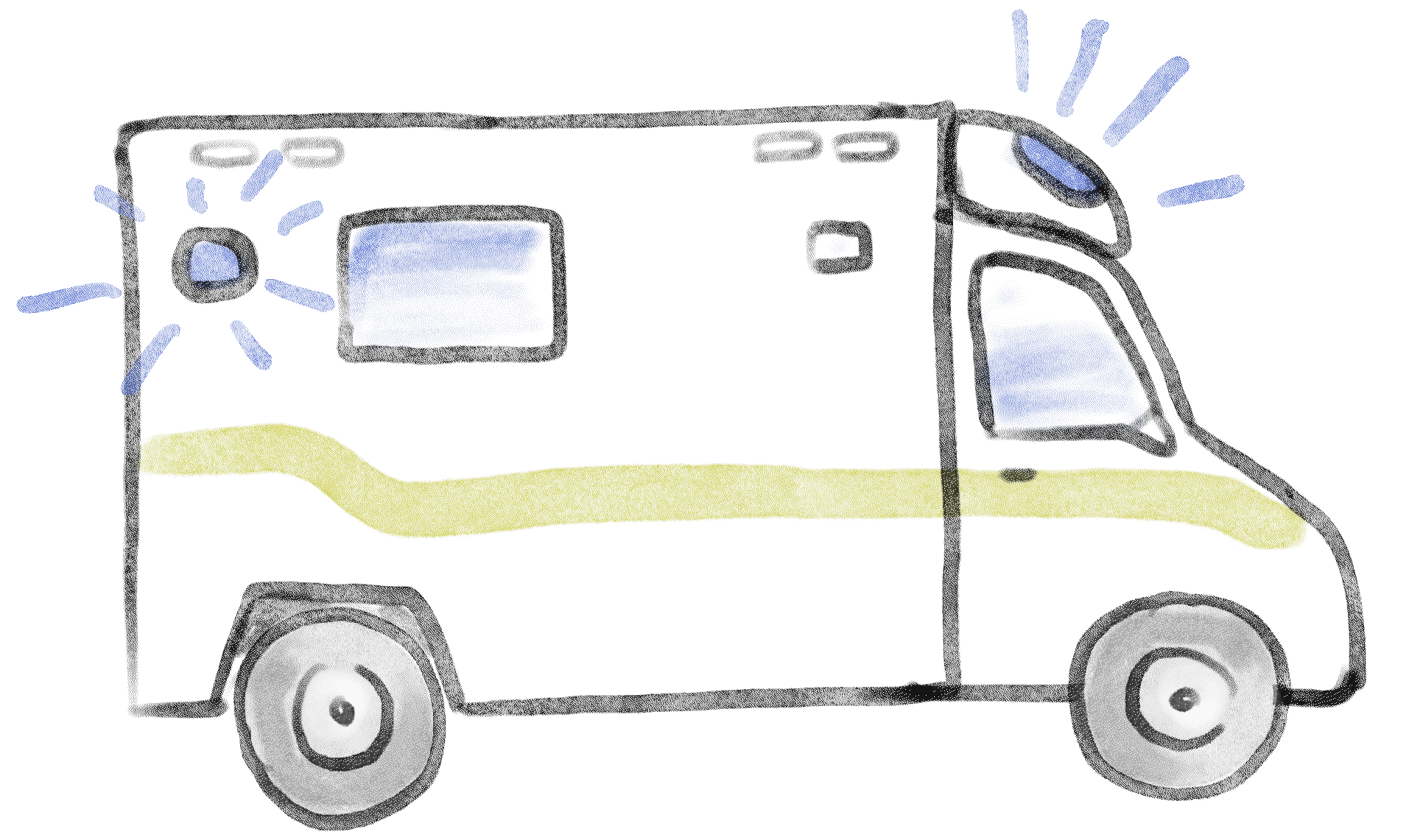
WHERE THE INBOUND TRAVELLERS GO
The government closed all but three border checkpoints and set up temporary facilities in response to the community outbreak.
Graphic and content editor Darren Long.
Illustrations by Adolfo Arranz
Source: Hong Kong Government, Statista